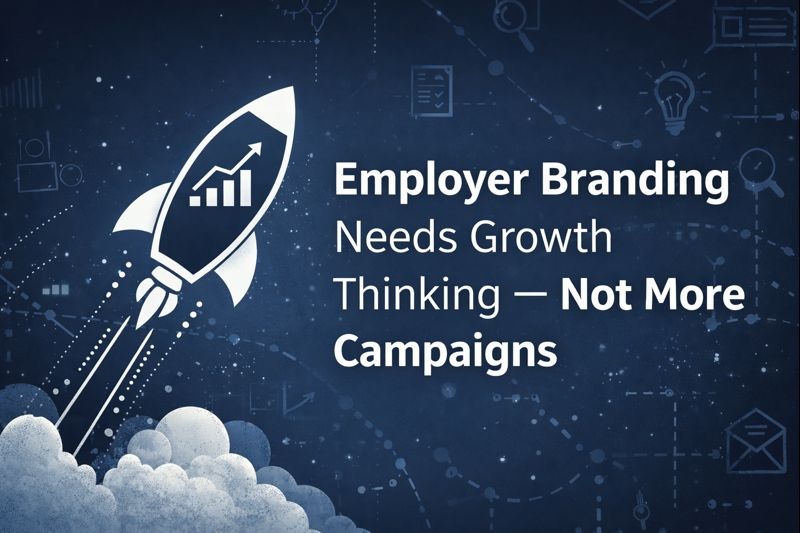
Let me be the 7th billionth person to state the obvious…the Coronavirus pandemic is unprecedented and has changed the nature of how we work, for the foreseeable future.
Most of our workplaces have done a tremendous job in ensuring we have the technological resources we need to keep us connected to our respective workplace responsibilities. But now we have a new challenge. Unfortunately, staying motivated and focused can be incredibly challenging during this time.
Why? Because while we’re all connected to our work, we’re isolated from the other necessary connections that are essential to mental health and well-being. So how do you take care of the well-being of staff remotely? How do you replicate the natural energy and camaraderie that comes from working in a workplace with other people?
Enter HR departments and change managers who are now trying to develop and implement strategies and tools aimed at engaging staff from home. Let’s face it, most business continuity plans don’t include ongoing employee engagement strategies.
Employee engagement can be tough at the best of times and now it needs to be done remotely which is where injecting gamification could help. Gamification can help employees form and maintain good habits as well as help employees rally around a common purpose or goal.
The honeymoon is over!
Turns out for many that working from home isn’t all it’s cracked up to be. Previously and certainly before it was forced upon us, working from home sounded appealing to most. There’s no commute and you can work in active wear if you choose without being judged. Plus, there’s nobody around to stop you from combining your daily tasks with keeping on top of house chores or travelling down any YouTube wormhole. Win-win!
But now that it’s a daily outlook with an ambiguous end in sight, how do we replace the energy that comes from a team or workplace dynamic?
Staying personally connected benefits everybody
Of all the elements now missing in the workplace, the most critical to morale is camaraderie. Naturally, these connections have psychological benefits, and increase workplace satisfaction.
In fact, a Gallup report found that stronger bonds in the workplace could lead to 7% more engaged customers and 12% higher profit.
Plus, there’s the routine and shared goals that are much more straightforward when you have that hub (the office) where everyone gathers. Those relationships can have a positive impact on an organisation’s bottom-line. And during such a challenging time, may make all the difference on whether your business stays afloat.
Why gamification is a great strategy
Did you know that gamification programs approached with the right intent and knowhow have seen employees say they are happier (88%) and made them more productive (89%) at work?
That’s because well designed gamification is a great vehicle to recognise the motivational diversity within an organisation.
Furthermore, successful gamification focuses strongly on promoting the camaraderie that will keep your team working not just with each other, but for each other, with common purpose.
Through this method, your team can challenge themselves in a controlled, safe environment. There isn’t the worry of failure, but only the prospect of getting better and striving towards improvement and mastery of role.
Plus, implementing gamification while your employees work from home will help provide good work habits for when social distancing and isolation is not a part of our daily vernacular and we can embrace being in close proximity with others, once again.
So, whilst many companies are cutting costs where possible, there are others taking the opportunity to test out strategies they hadn’t considered or otherwise were planning further down the track.
This might just be one of those strategies’ worth testing.
To find out more about using gamification to engage employees at home (or in the workplace) contact the team at Playfulli.
By Luke Jamieson
Keywords: Customer Experience, Innovation, Leadership

 Concrete’s Carbon Problem and the Race to Fix It
Concrete’s Carbon Problem and the Race to Fix It Employer Branding Needs Growth Hacking — Not More Campaigns
Employer Branding Needs Growth Hacking — Not More Campaigns The Wireless Renaissance: From Tesla’s Dream to Agentic Autonomy
The Wireless Renaissance: From Tesla’s Dream to Agentic Autonomy Collective Resonance: How Consciousness Scales Beyond the Individual
Collective Resonance: How Consciousness Scales Beyond the Individual Autonomous Wingmen: Scaling Sustainable Aviation via NVIDIA NAT and Formation Flight
Autonomous Wingmen: Scaling Sustainable Aviation via NVIDIA NAT and Formation Flight